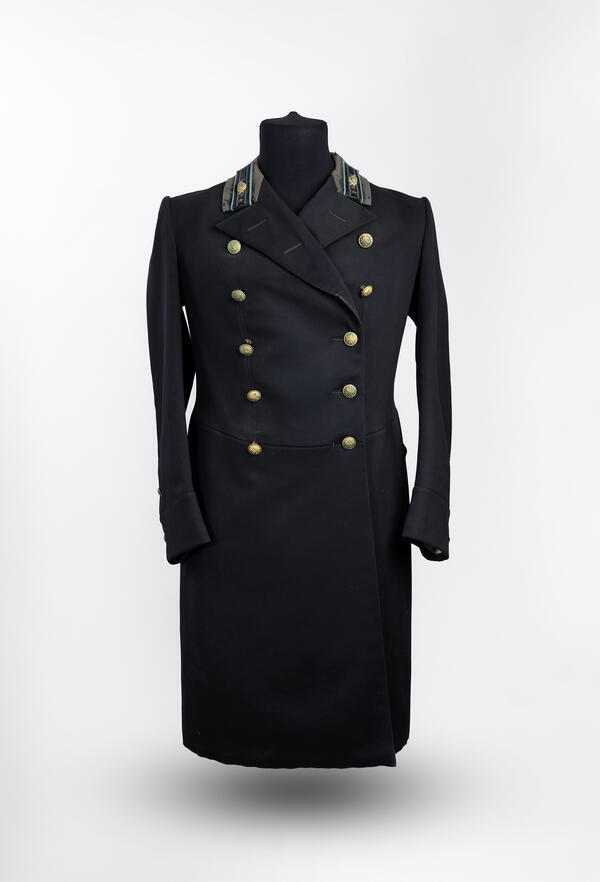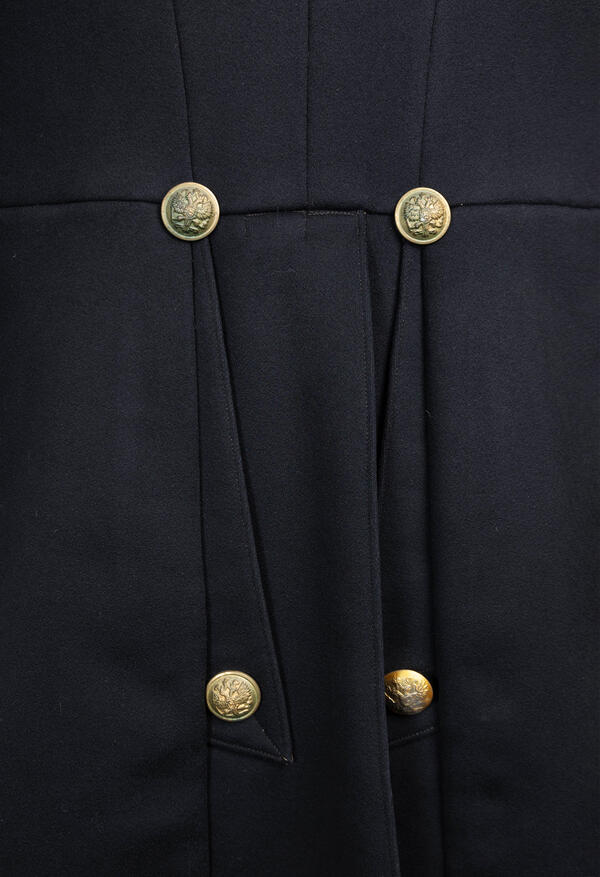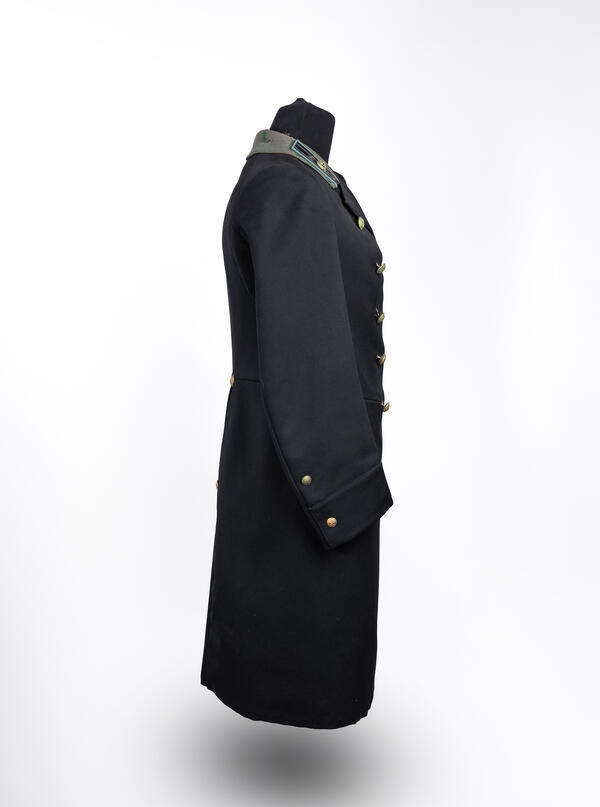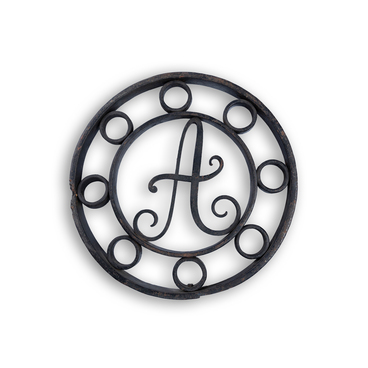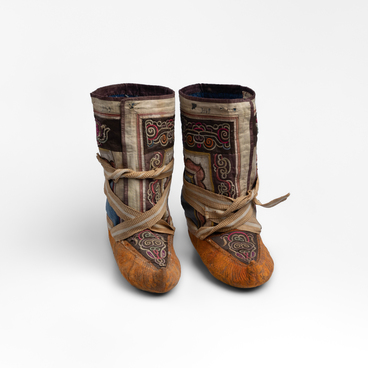Uniforms for civil servants in the Russian Empire were introduced in various departments in the mid-17th century. However, there was no unified system until the adoption of the “Regulations on civilian uniforms”, approved by the emperor on March 11, 1834. The law unified the existing design practice of civilian uniforms and for the first time brought all these uniforms into a single system with a single order of rank designation.
In the following period, the uniforms of civil servants were repeatedly revised, both in terms of cut and decoration of insignia. The last uniform reform took place in 1903–1904. On July 13, 1903, His Imperial Majesty’s Own Chancellery sent a letter to the heads of all departments, ordering them to submit their designs for departmental uniforms by December 15, so that by July 1, 1904 the new uniform was established, and then within two years put into service. The standards established for civilian uniforms in 1903–1904 were observed until 1917. The double-breasted coat and dark green pants were the basis of the ordinary and weekday uniforms. The difference was in the headdress: a triangular hat for the ordinary uniform and a cap for the everyday uniform.
The uniform on display at the
museum belonged to Alexey Ivanovich Ustinov, a peasant land captain of the
Seventh (Olginsky) Precinct of the Primorsky Region. Alexey Ustinov was born on
February 8, 1873 in Tambov in the family of a petty bourgeois — a watchmaker.
After finishing the city school, he entered the Penza land surveying school.
Upon graduating in 1894, Ustinov had to work three years in the Far East.
Arriving by sea from Odessa to Vladivostok in April 1895, Alexey Ivanovich
began working as a draftsman in the Primorsky regional drafting office. From 1897, Ustinov served
as a surveyor in the South Ussuri Resettlement Administration, which was part
of the Ministry of State Property. In early 1913, Alexey Ivanovich was
appointed head of the Olginsky resettlement subdistrict. His direct duties
included accommodation of new settlers, supplying the population with loans and
allowances, building roads, bridges, and wells, delivery of seeds, flour, and oats. Having worked
in the village of Olga until June 1918, Ustinov was transferred to the city of
Nikolsk-Ussuriysky, where he worked as a land survey engineer until his death
on February 16, 1957.

